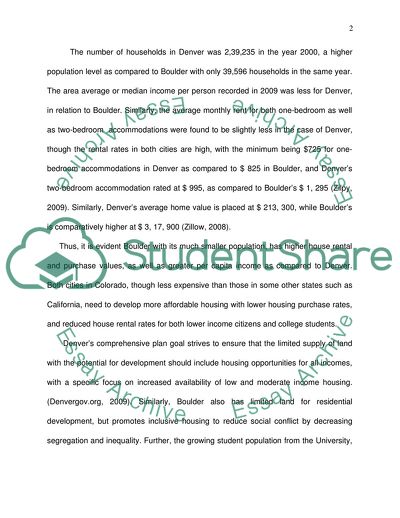Cite this document
(Inclusionary Housing Policy Term Paper Example | Topics and Well Written Essays - 2394 words, n.d.)
Inclusionary Housing Policy Term Paper Example | Topics and Well Written Essays - 2394 words. Retrieved from https://studentshare.org/social-science/1730080-inclusionary-housing-policy
Inclusionary Housing Policy Term Paper Example | Topics and Well Written Essays - 2394 words. Retrieved from https://studentshare.org/social-science/1730080-inclusionary-housing-policy
(Inclusionary Housing Policy Term Paper Example | Topics and Well Written Essays - 2394 Words)
Inclusionary Housing Policy Term Paper Example | Topics and Well Written Essays - 2394 Words. https://studentshare.org/social-science/1730080-inclusionary-housing-policy.
Inclusionary Housing Policy Term Paper Example | Topics and Well Written Essays - 2394 Words. https://studentshare.org/social-science/1730080-inclusionary-housing-policy.
“Inclusionary Housing Policy Term Paper Example | Topics and Well Written Essays - 2394 Words”, n.d. https://studentshare.org/social-science/1730080-inclusionary-housing-policy.


